Special Reports are longer, often more technical, documents consisting of entire articles, government statements, and other documents relevant to security and peace in Northeast Asia.
Commander in Chief U.S. Pacific Command History Vol I (U) 1992
This history describes USCINCPAC’s actions in discharging his assigned responsibilities and his relationships with U.S. military and other governmental agencies. It records his command decisions and policy positions [in 1992]…“The U.S. led victory in the Persian Gulf and the collapse of the Soviet Union were the defining events of 1991. They also set into motion a sea change in the strategic environment, a change that found shape and definition in 1992. During the past year, this strategic transformation was marked by events perhaps less dramatic than 1991′s, but no less profound.”
This report was released to the Nautilus Institute under the US Freedom of Information Act (FOIA). See the Institute’s FOIA Global Disclosure Project page to read more chronologies, histories and reports released to Nautilus.
Go to the articlePlanning for the Unthinkable: Countering a North Korean Nuclear Attack and Management of Post-Attack Scenarios
Bruce E. Bechtol Jr., an Associate Professor of Political Science at Angelo State University, provides this review of North Korea’s nuclear weapons capabilities, which reveals a two-track agenda consisting of both a plutonium (proven) and a highly enriched uranium (likely) program. Scenarios involving both of these programs show that North Korea—despite rather primitive capabilities—can deliver a nuclear weapon that would cause casualties in the tens of thousands. Bechtol states, “While a preemptive strike may seem like the obvious answer to a nuclear attack, North Korea’s ability to strike back with non-nuclear forces would likely mean a full-scale conflict possibly involving hundreds of thousands of casualties. High-level officials in Washington and Seoul have placed renewed focus on planning for nuclear scenarios on the Korean peninsula—but the bottom line is that preventing and deterring a North Korean nuclear attack must be a high priority.”
Go to the articlePark Chung Hee, the CIA, and the Bomb
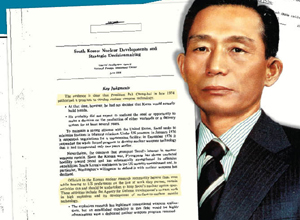
Peter Hayes and Chung-in Moon analyze Park Chung Hee’s failed
1972-1978 proliferation strategy aimed at obtaining the missile, dual
use technology, and fissile material needed to develop a nuclear bomb
and establish a South Korean nuclear weapons program. The authors review
the declassified document, South Korea: Nuclear Developments and Strategic Decisionmaking,
issued in June 1978 by the CIA’s National Foreign Assessment Center.
In addition to providing useful historical insights into Park’s actions
and intentions, the 1978 report bears directly on current debates on
how to respond to the North Korean nuclear breakout, and whether South
Korea should respond in kind.
Unprecedented Nuclear Strikes of the Invincible Army: A Realistic Assessment of North Korea’s Operational Nuclear Capability
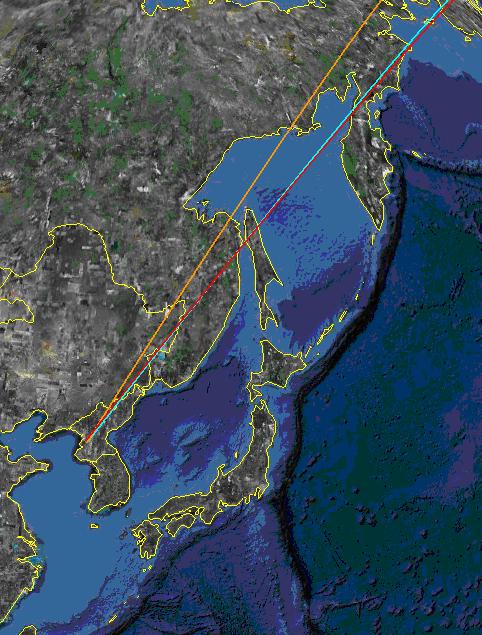
Peter Hayes, Professor, RMIT University and Executive Director of the Nautilus Institute and Scott Bruce, Director of the Nautilus Institute, San Francisco assess that North Korea’s options for a nuclear strike are severely constrained—so much so that the only credible use of the DPRK’s nuclear arsenal is to detonate a bomb within North Korea itself to slow down or to stop an invasion in the context of an all-out war with the United States and South Korea. They conclude that, “At this stage, North Korea’s outrageous nuclear threats against targets outside its borders are not backed up by actual capabilities. Countering the North’s rhetorical threat with more nuclear extended deterrence raises tensions instead of addressing the underlying problem of nuclear insecurity. Ultimately, the only way forward is to re-engage the North, and identify pathways that create confidence and reduce the mutual perception of the threat of massive destruction, whether by conventional or nuclear weapons.”
Go to the articleThe Current Status of Green Growth in Korea: Energy and Urban Security
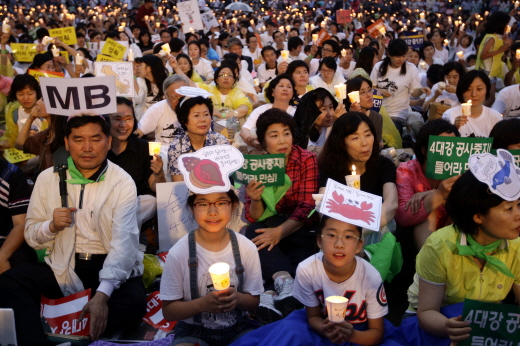
Sun-Jin Yun, Professor at the Graduate School of Environmental Studies, Seoul National University and Myungrae Cho, Professor, Dankook University, write “The ROK’s green growth strategy, as currently formulated, includes some impressive targets and demonstration projects, but at its heart emphasizes economic growth and national industrial competitiveness rather than being a true plan for “greening” of the Korean economy. As such, the ROK’s current “green” policies are in effect mostly policies for further benefiting existing large ROK industries, including the nuclear and construction industries.”
Go to the articleUrban Security in China – A Case Study of Dalian

Wen Bo, Senior Fellow at the Pacific Environment China Program, examines urban security issues in China and their connection to environmental sustainability. He writes, “By encouraging civil society and promoting cooperation and exchanges with other countries Dalian can address the environmental and urban security challenge that it faces and promote peace and stability in North-East Asia.”
Go to the articleThe DPRK Energy Sector: Current Status and Future Engagement Options
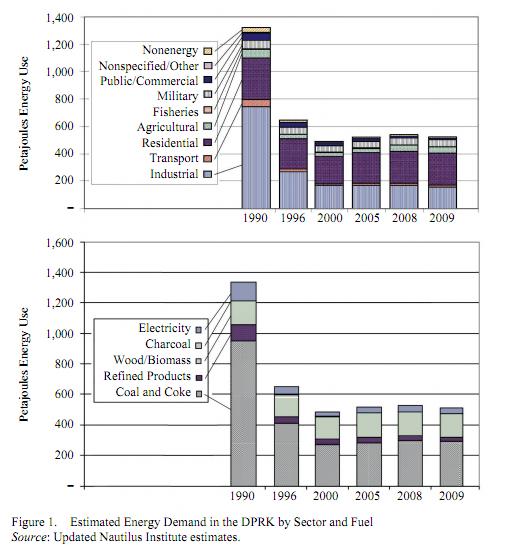
Peter Hayes, David von Hippel and Scott Bruce discuss changes in the DPRK energy sector (particularly since 1990) and look at the current supply and demand balance in North Korea, noting the vulnerabilities and critical needs of that sector. The authors also explore options for the rehabilitation of the DPRK energy grid that could be used in negotiations with North Korea as part of a “roadmap” to denuclearization. The report also considers the DPRK’s legitimate energy needs if negotiations are not successful and the DPRK either collapses (due to an internal coup, succession crisis, or war) or continues to stagnate. The report concludes by identifying the robust strategies that are important in both engagement and non-engagement scenarios.
Peter Hayes is a Professor of International Relations, RMIT University, Melbourne, and Executive Director of the Nautilus Institute. David von Hippel is a Nautilus Institute Senior Associate and Scott Bruce is the Director of the Nautilus Institute, San Francisco.
Go to the articleThe DPRK Power Sector: Data and Interconnection Options
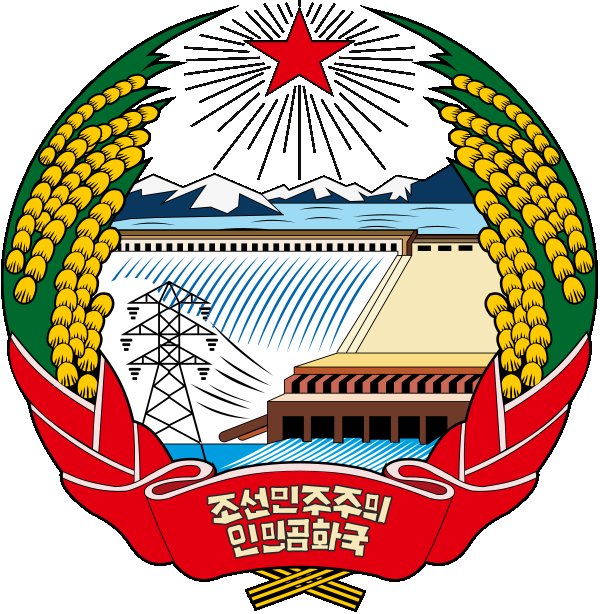
Jae-Young Yoon, Director of the Power System Research Group, Smart Grid Division, Korea Electrotechnology Research Institute (KERI), Seoul, provides an overview of the present status of the DPRK power sector, including newly analyzed data and future prospects of electricity supply and demand in North Korea. This report also establishes several basic inter-Korean energy cooperation plans and considers possible changes in inter-Korean relations as a result of electric power system interactions. The proposed plans included in this report are intended to be a starting point for interconnecting the power systems of the two Koreas and the fulfillment of longstanding grand plans for a Unified Korean Power System (UKPS).
Go to the articleThe Mining Industry of North Korea
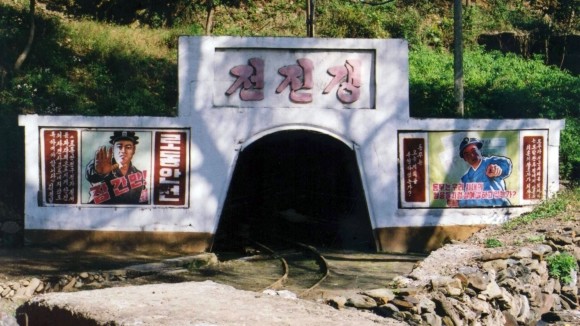
In this report Choi Kyung-soo, President of the North Korea Resources Institute in Seoul, evaluates the current status of North Korea’s substantial mineral resources. Some of these minerals, such as magnesite, zinc, iron, and tungsten, could create highly competitive markets. However, almost all North Korean mines suffer from a lack of electricity and equipment. To improve mine productivity, Choi recommends the construction of large-scale hydro plants, the remodeling of the overall power system and a cooperative policy with Russia and South Korea.
Go to the articleProliferation Risk Assessment of Former Nuclear Explosives/Weapons Program Personnel: South African Case Study
This report by André Buys, Professor of Engineering and Technology Management at the University of Pretoria, South Africa, explores the potential proliferation risk posed by former Nuclear Explosive or Weapons Program (NEWP) personnel in South Africa since the program’s termination in 1991. Buys assessment establishes that the proliferation risk of a minority of former personnel is moderate to high, with unemployment, financial hardship and a lack of clear and uniform secrecy guidelines as important contributing factors.
Go to the article
